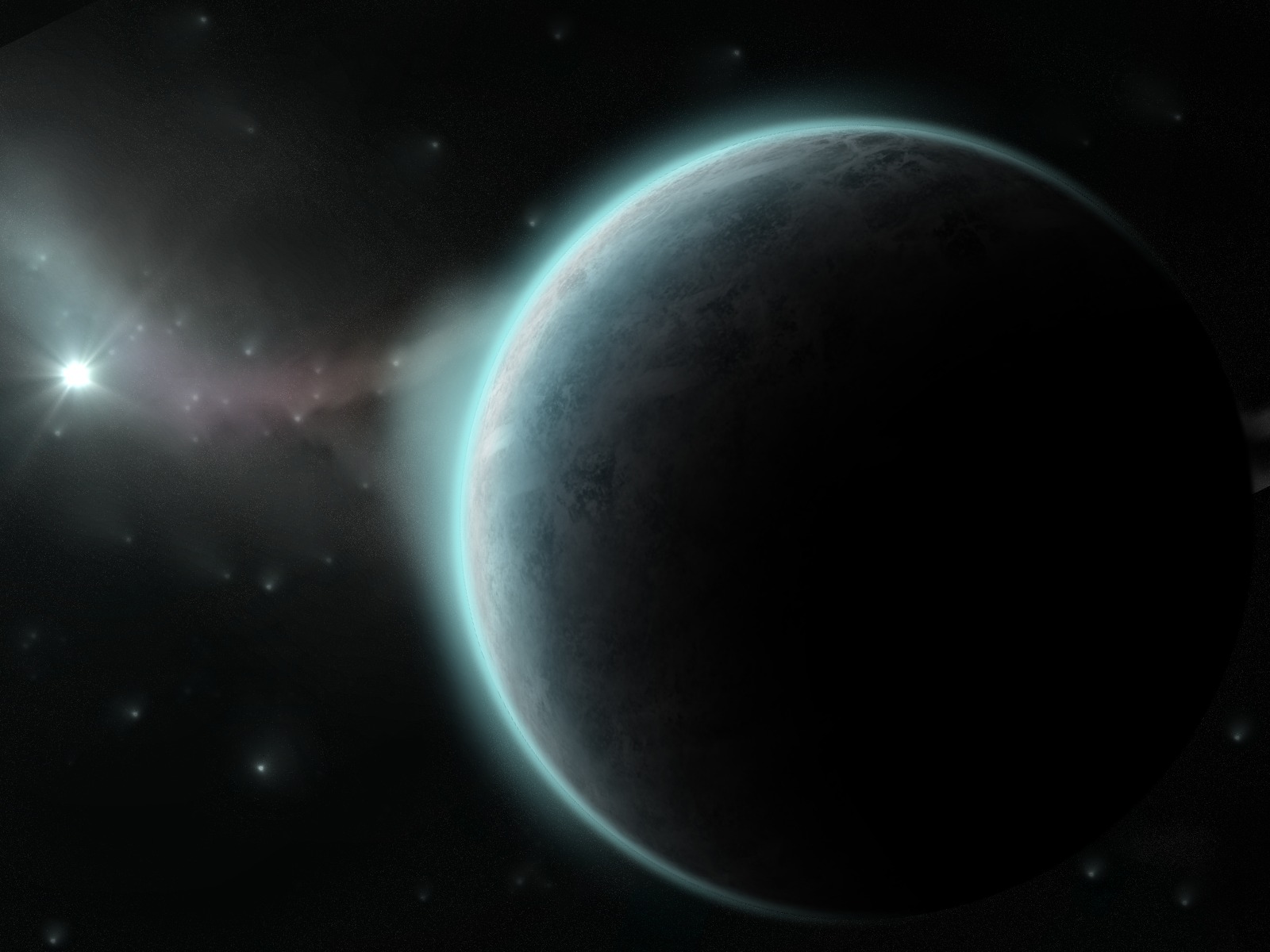
It has been about 3 months since our last release, 0.4.0, saw the light of the world. Measured against the 1.5 years that lie between 0.4.0 and the version before that, it feels like 0.4.0 released just yesterday. Despite this, we hereby announce our latest release: Thrive 0.4.1.
Hello, everyone! MirrorMonkey2 here with my first ever devblog. Since we didn’t have to concern ourselves with engine stuff during the last three months, we were able to add many exciting new features:
When you start a new game in 0.4.1, you will immediately notice that something has changed: you will not start as a eukaroyte (a cell with a nucleus) like in the days of old, but as a prokaryote (a cell without a nucleus).

You will have to evolve a nucleus if you want to use the more efficient membrane bound organelles like chloroplasts or mitochondria instead of the weaker proteins like chromatophores and metabolosomes. This feature will be especially important in the future, once all life in a playthrough will evolve from a single original species. But more of that later.
In other news, we have a brand new, fully implemented resource: Iron. There are real life bacteria that “feed” on iron by oxidizing it and thereby creating ATP. You can now encounter floating chunks of iron that emit dissolved iron particles. With the right sort of protein called rusticyanin you will be able to replenish your ATP “fuel tank” by absorbing these particles or even engulfing the whole chunk if you’re large enough.

When microbes die they now no longer turn into a cloud of compounds which dissolves within a few seconds. The membrane breaks and the leftover organelles float around as tasty morsels. The player, as well as AI species, can now try to live as a scavenger, surviving off the remains of dead microbes.

Since 0.4.0 we made a lot of balance tweaks, but one of the most important changes is the overhaul of osmoregulation. Osmoregulation, the ATP cost of pumping water out of the cell, used to be calculated by the number of organelles. It is now calculated by the number of hexagons, which means that a lot more ATP is being consumed. This makes the game more challenging. Especially supporting a nucleus with adequate energy is now quite a challenge since the nucleus consists of quite a lot of hexagons.
Beyond this a lot of additions and improvements were made. Compound clouds are now properly displayed for players with AMD graphics. We have a new biome, the estuary. The chemoplast is now complemented by chemosynthesizing proteins. Compound abundances have been rebalanced, movement has been balanced, the AI has been improved, etc.
Last but not least: The infamous banana biome bug, which turned the background into a bright yellow eyesore, is no longer!
We are eager for you to play this new build for yourselves!




will it be a creature stage?
Eventually, but the game is still in its early stages.
I can’t wait to give those game a try!
Jesus when will the Multicell Stage be made?
At this rate my friend the earliest we could get multicelluar is 2028-9 but thats just me everyone else would most likely give you a different answer
It is speculated that mitochondria and chloroplasts originates from endosymbiosis. Will that be a requirement to gain those organelles? That could be quite interesting.
Indeed, this could be very interesting both from a accuracy perspective and gameplay perspective
im so glad this isnt an abandoned project and is still being updated, this game will be so frickin awesome once more features are implemented in the future (:
nifty little new update, makes it more challenging to start off as a lowly prokaryote 😀
suggestion: viruses, multicellular beings, cillia,
awsome game btw
As a person who loved spore and saw so much potential with it i extremely hope this is finished :3
Will a Dyson sphere be needed? it looks sick ( https://www.youtube.com/watch?v=pP44EPBMb8A&t=472s )
I guess multiplayer mode wasn’t a good idea?
Is Thrive still alive?, bc i kinda worried that i not very infomed.
Yes, Thrive is still alive. You can follow progress more closely via our forums or social media outlets.